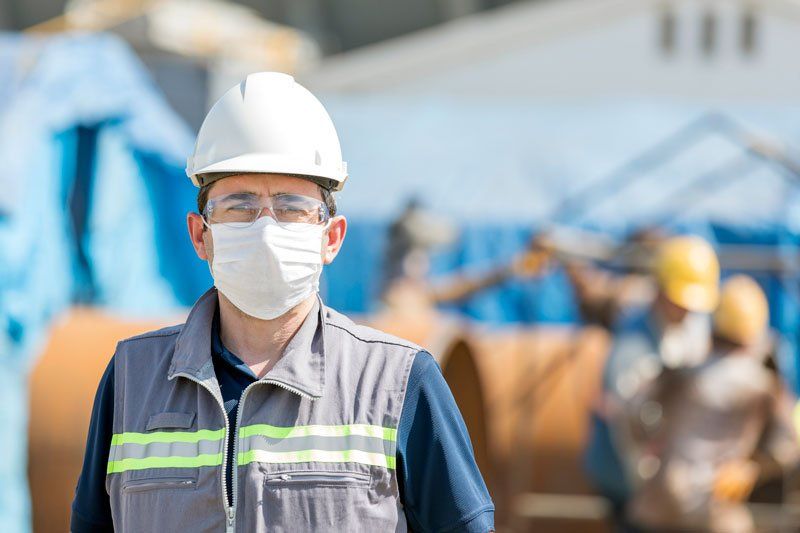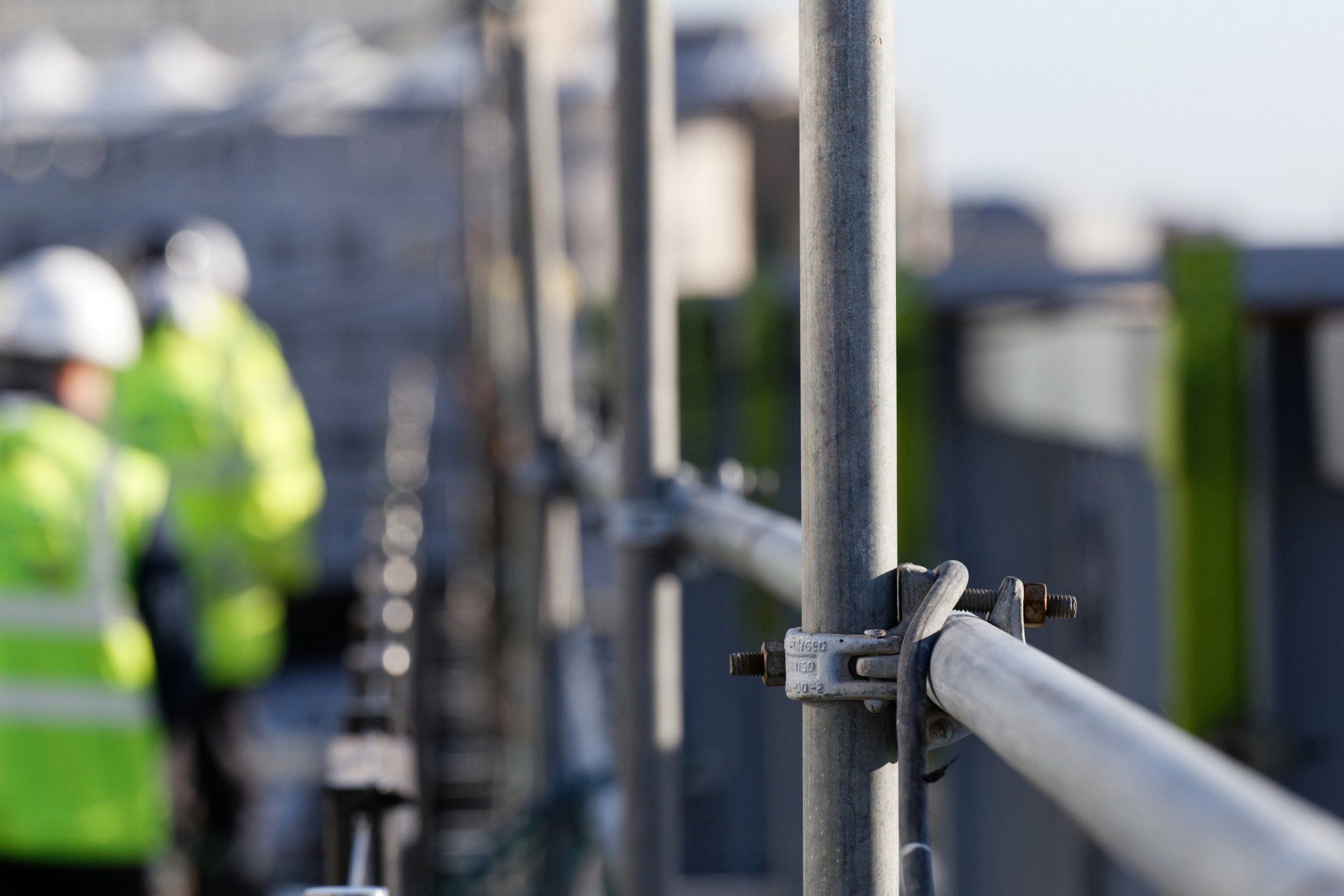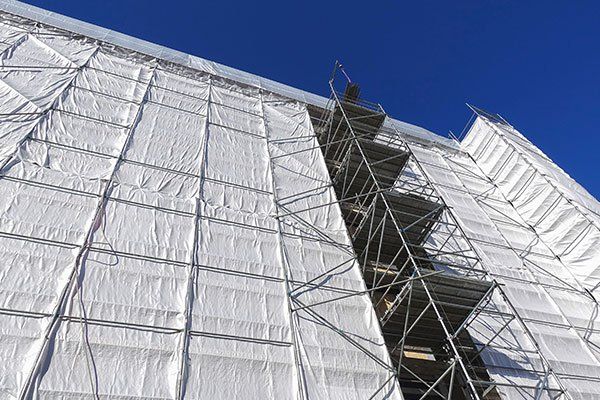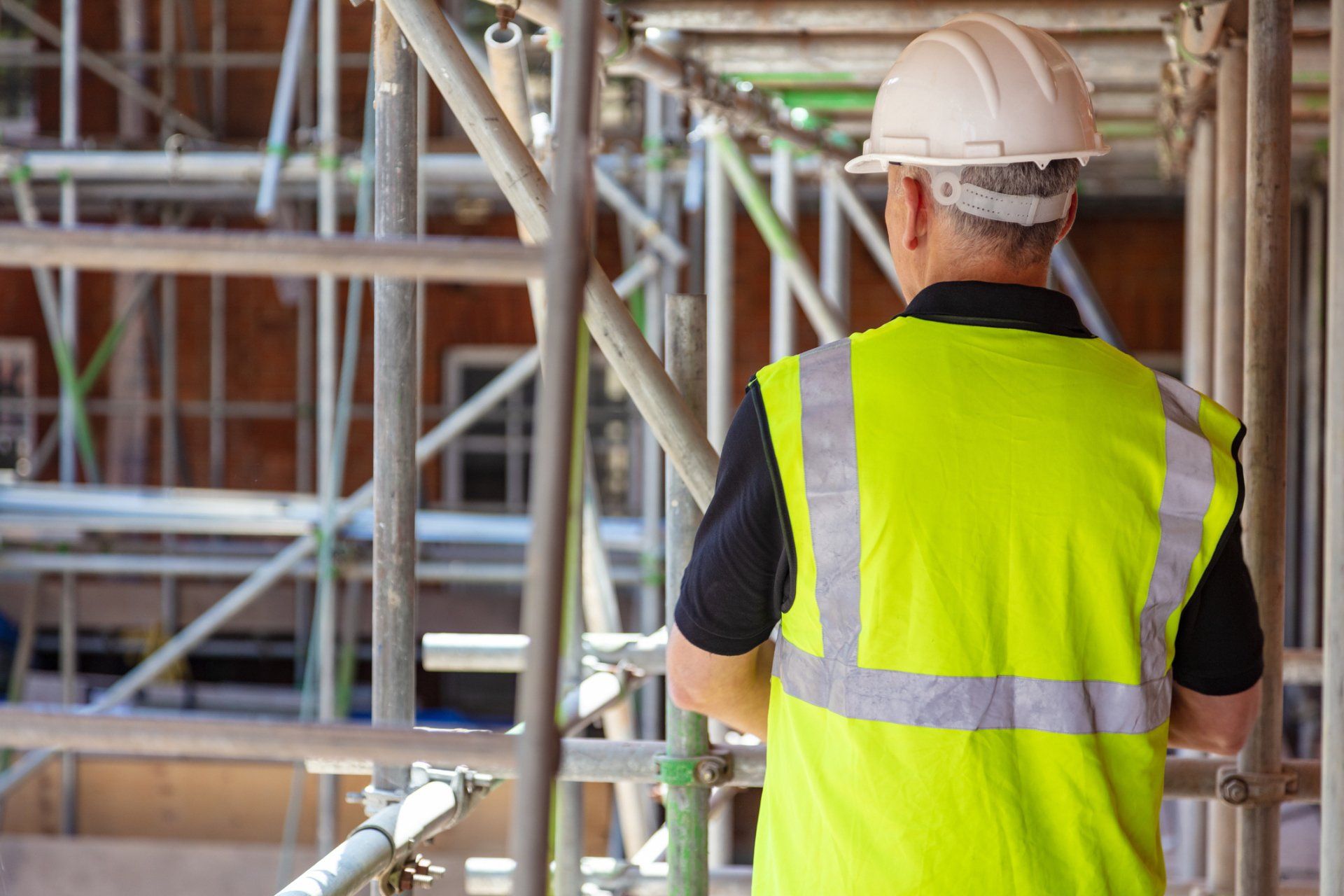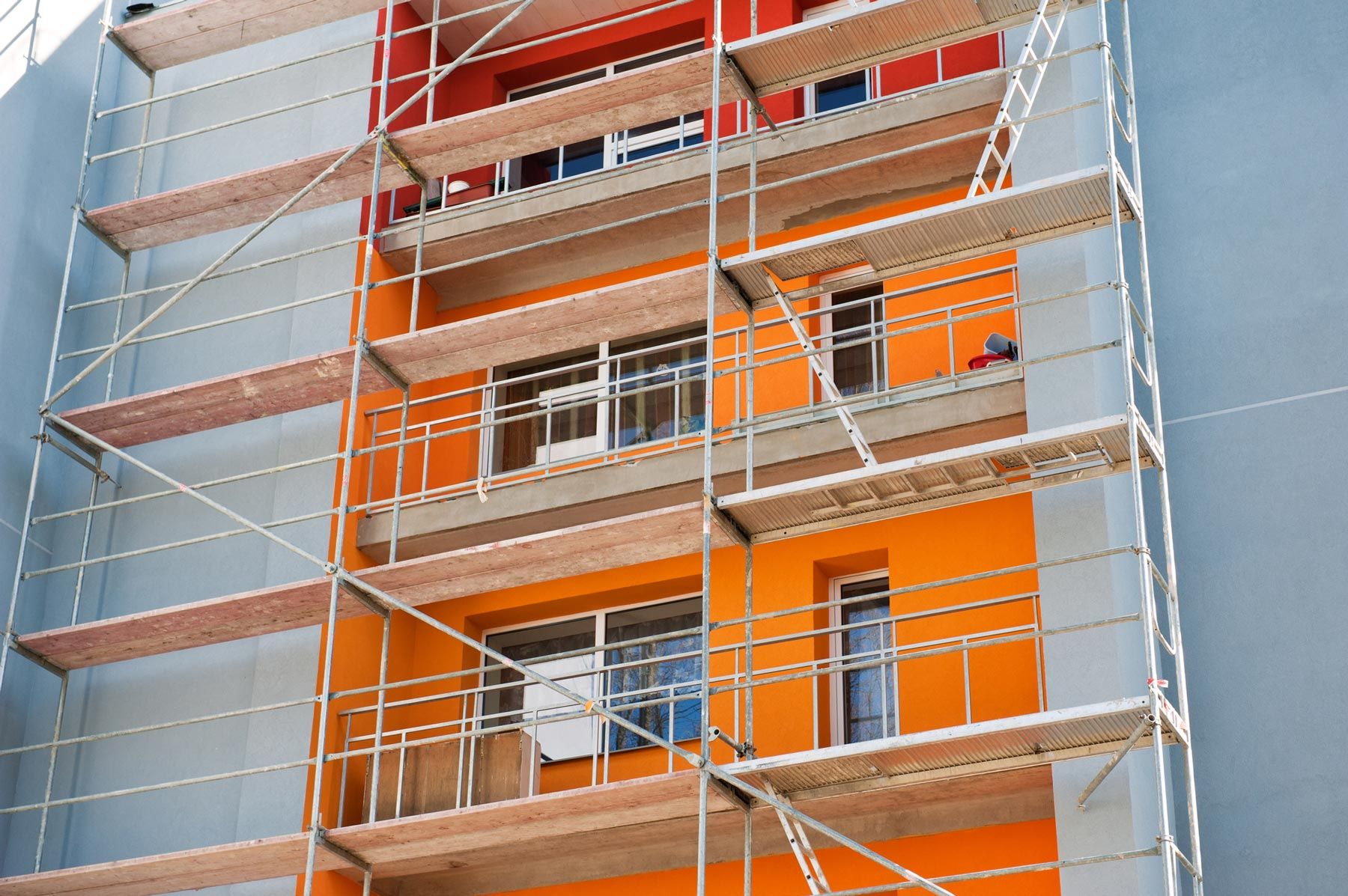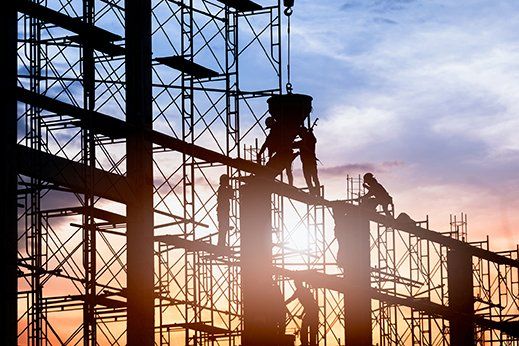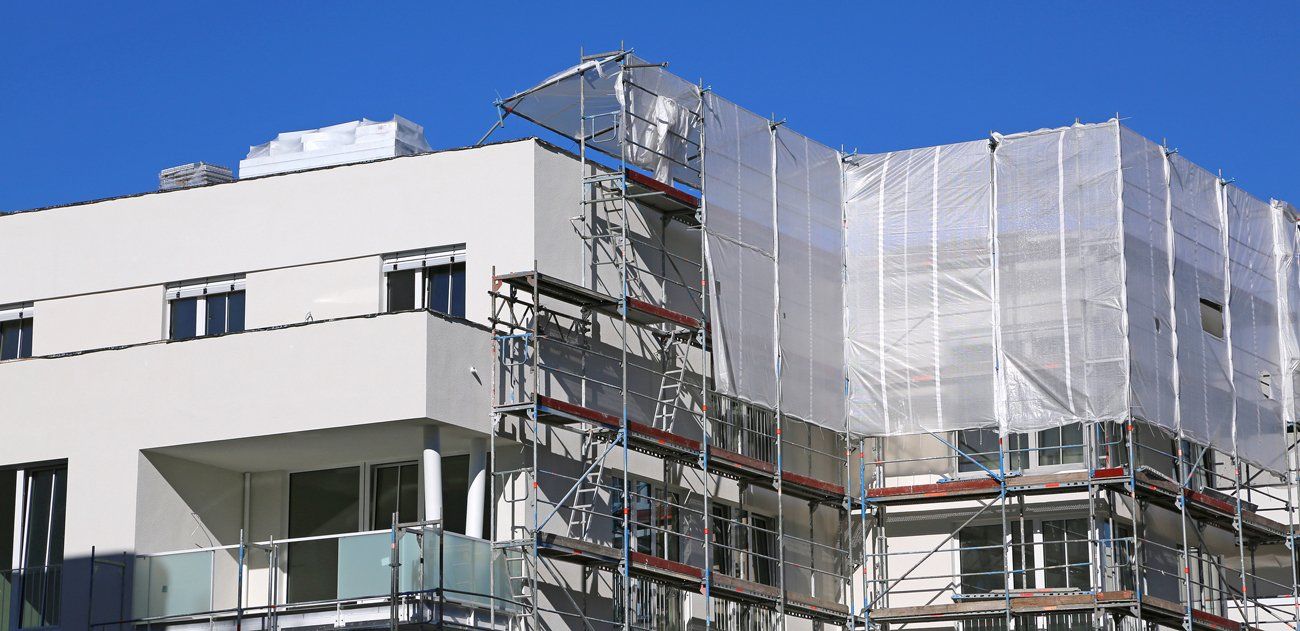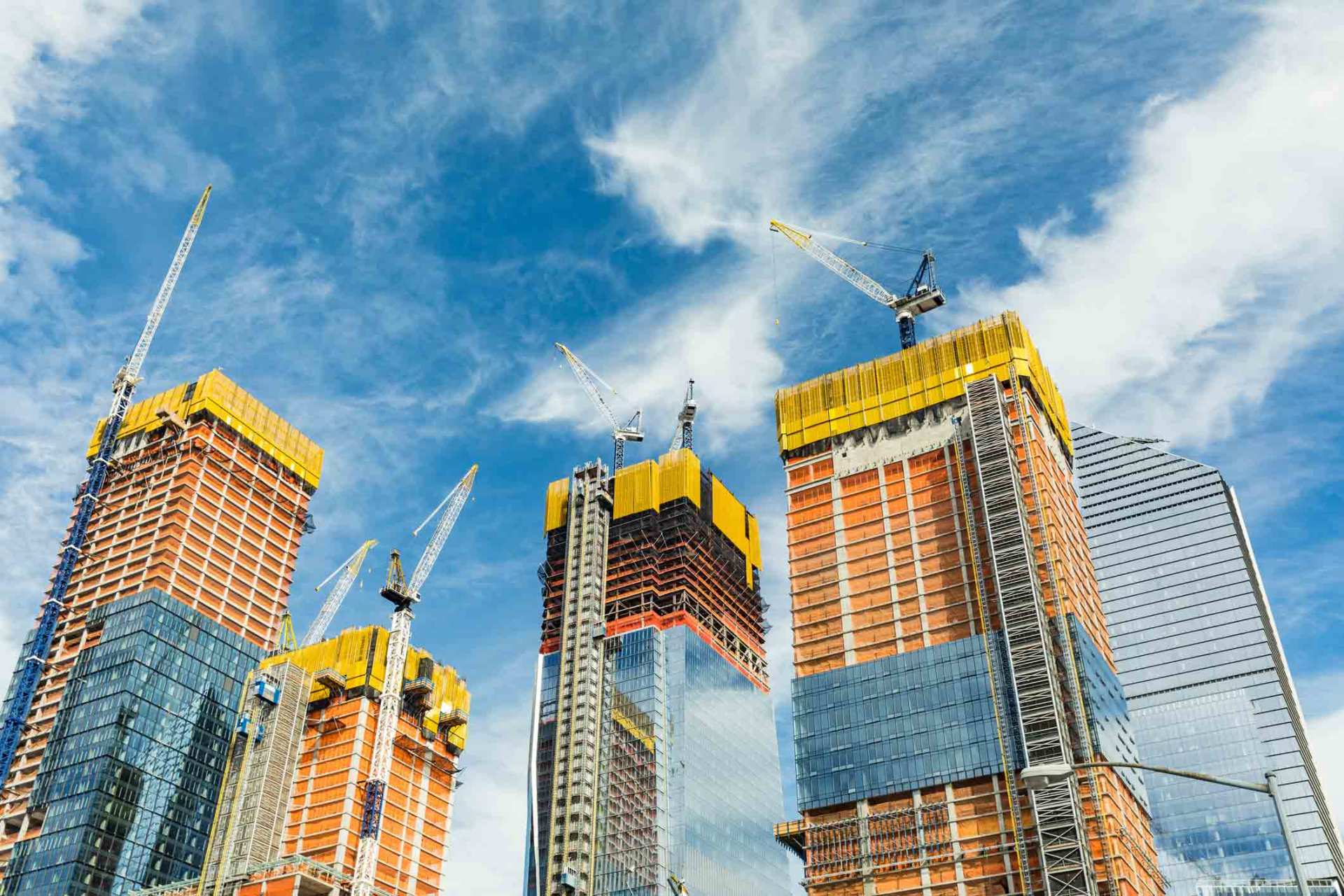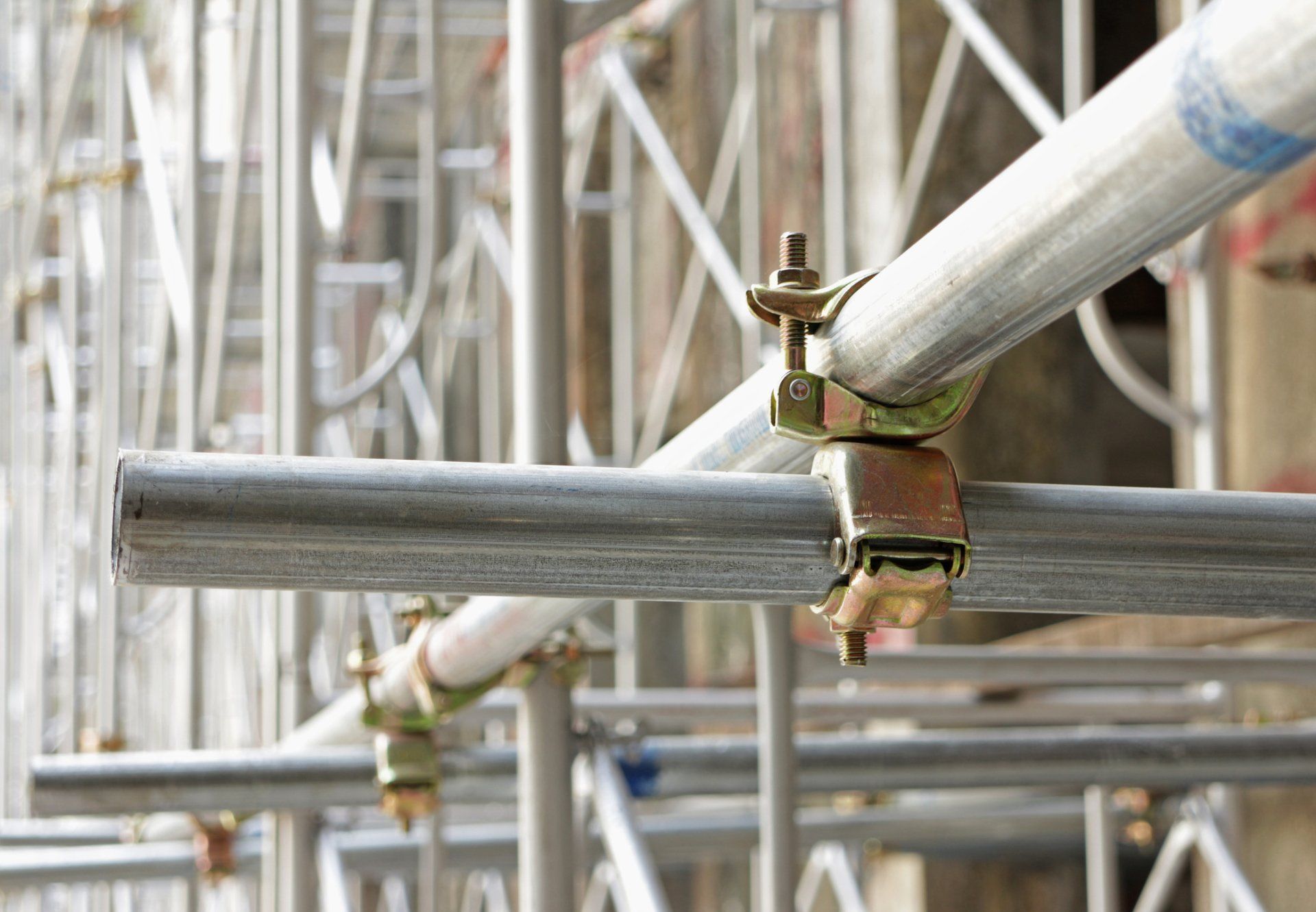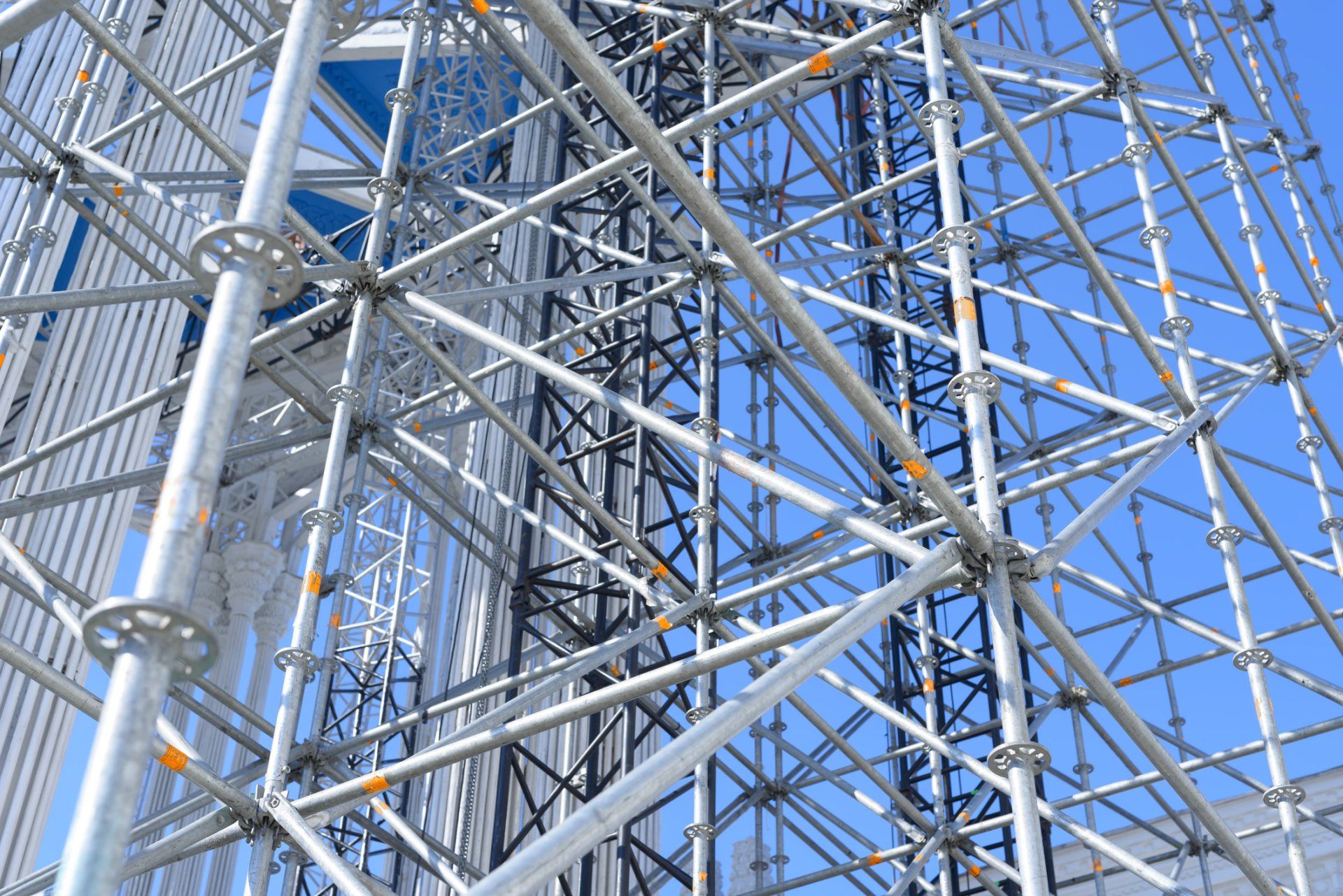UNDERSTANDING SCAFFOLDING SAFETY REGULATIONS
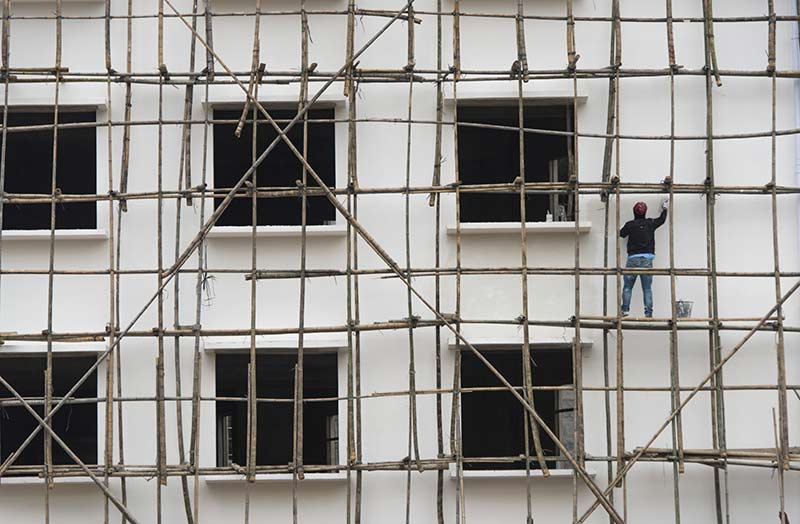
Scaffolding represents a serious safety hazard for those who work in the construction of buildings. A scaffold that is not assembled correctly or that does not meet specific safety guidelines stands a much greater chance of leading to worker injury or death. In 2009, as reported by the Bureau of Statistics Census of Fatal Occupational Injuries, 54 people died due to scaffolding related injuries.
Unfortunately, there are still many people who do not understand what it takes for scaffolding to be considered safe. If you would like to gain some of this knowledge, read on. This article will discuss some key points laid out in OSHA's federally mandated safety regulations for scaffolding.
THE SCAFFOLDING MUST CONTAIN A FALL PROTECTION AND/OR FALL ARREST SYSTEM
This ruling applies to any situation in which employees will be working at a distance of 10 or more feet from the level below them. A fall protection system simply refers to the placement of guardrails to protect against falling should the scaffold begin to sway or should the worker otherwise lose their footing and fall backwards.
A fall arrest system, on the other hand, refers to harnesses and other safety devices worn by the worker. Such devices tether the worker to some higher point, thus enabling them to avoid hitting the ground in the event that they fall. It is important to realize that, in that case, a fall arrest system does not prevent a fall from occurring; rather, it prevents the worker from striking the level below them.
For most scaffolds, either a fall protection or a fall arrest system may be used. However, it is not necessary that both be employed. The only exceptions to this rule are single point and two point suspension scaffolds. In recognition of the greater risks which such scaffolds pose, OSHA requires that both a fall protection and a fall arrest system be employed.
GUARDRAILS MUST BE OF A CERTAIN HEIGHT IN ORDER TO QUALIFY AS FALL PROTECTION SYSTEMS
As you can imagine, a guardrail that is positioned too low will offer very little protection against falls. That's because the bar will tend to hit below the worker's center of gravity, thus causing them to spin backwards over the rail. Likewise, if the guardrail is situated too high, it will leave workers of a shorter stature at greater risk of slipping through.
For these reasons, OSHA closely regulates the height of guardrails in fall protection systems. Scaffolds that have been manufactured since January 1, 2000, must have guardrails whose toprail is between 38 and 45 inches from the surface of the platform. Scaffolds manufactured before that date are allowed a slightly greater variance: between 36 and 45 inches.
There is another small exception to be aware of, as relates specifically to scaffolds that use the crosspoint of a crossbracing system as a toprail. Here the acceptable height variance is between 38 and 48 inches. This slightly greater range reflects the fact that the diagonal downtube on either side of the crosspoint will offer adequate protection.
PLANKING MUST BE USED ON ALL SCAFFOLD PLATFORMS
A scaffold does not in itself provide an adequate system for safe movement. Instead, planking must be laid down as walkways on all vertical surfaces. This provides a smooth and stable surface along which workers can move. Every last inch of a scaffold platform must be covered by an adequately strong form of planking. Further, the planking must leave no gaps that are greater than one inch wide between the platform and the upright building.
Scaffold planks may consist of solid sawn wood, synthetic or fabricated planks or special fabricated platforms. The key requirement is that, whatever the planking consists of, it must be capable of supporting its own weight plus four times the intended load. Where lumber is to be used as planking, it must be graded to meet this minimum standard of strength.
CONCLUSION
The world of scaffolding is closely regulated for a good reason. Only by sticking to the most stringent of safety guidelines can workers enjoy the safety they deserve. When choosing a company for your next scaffolding project, be sure to go with an experienced and professional scaffold company.

